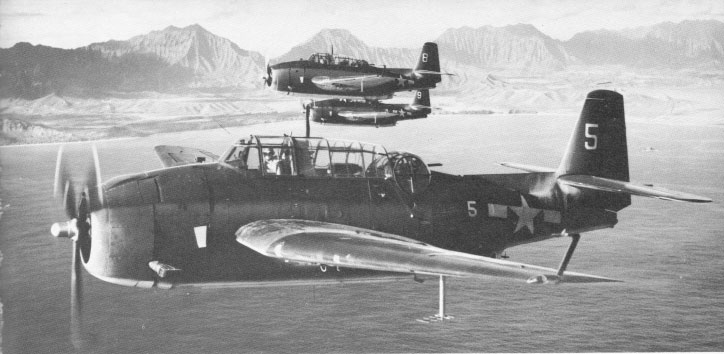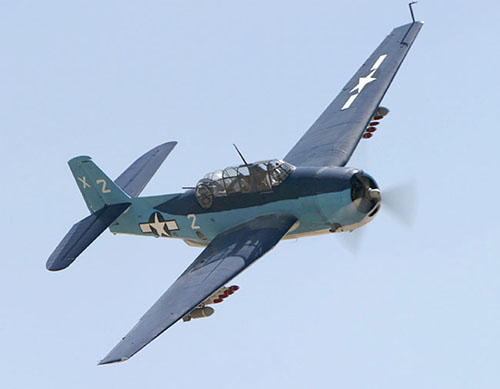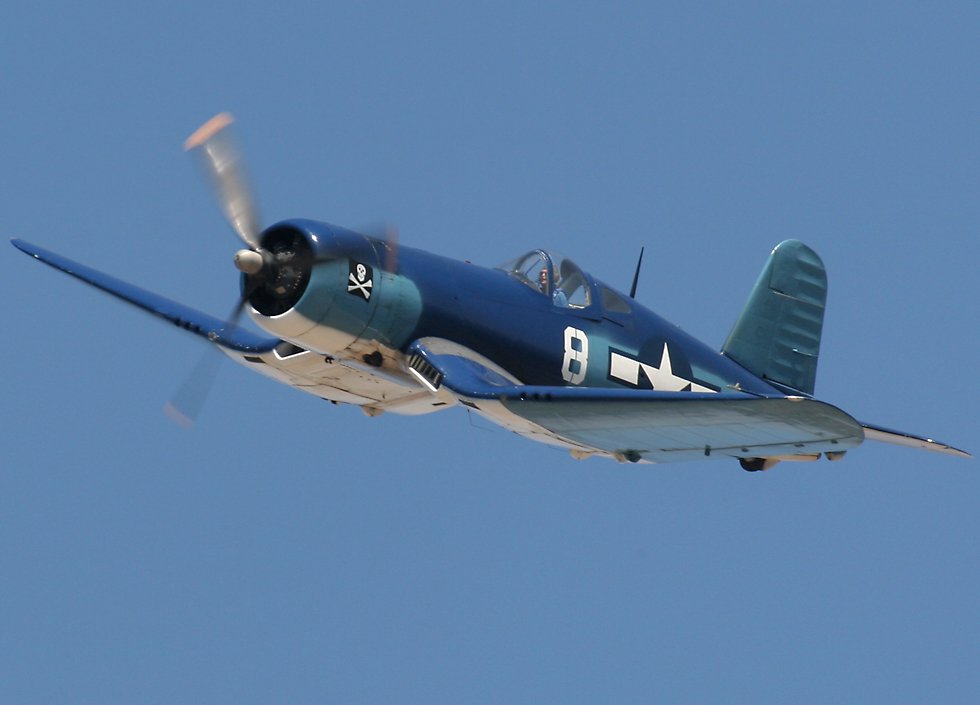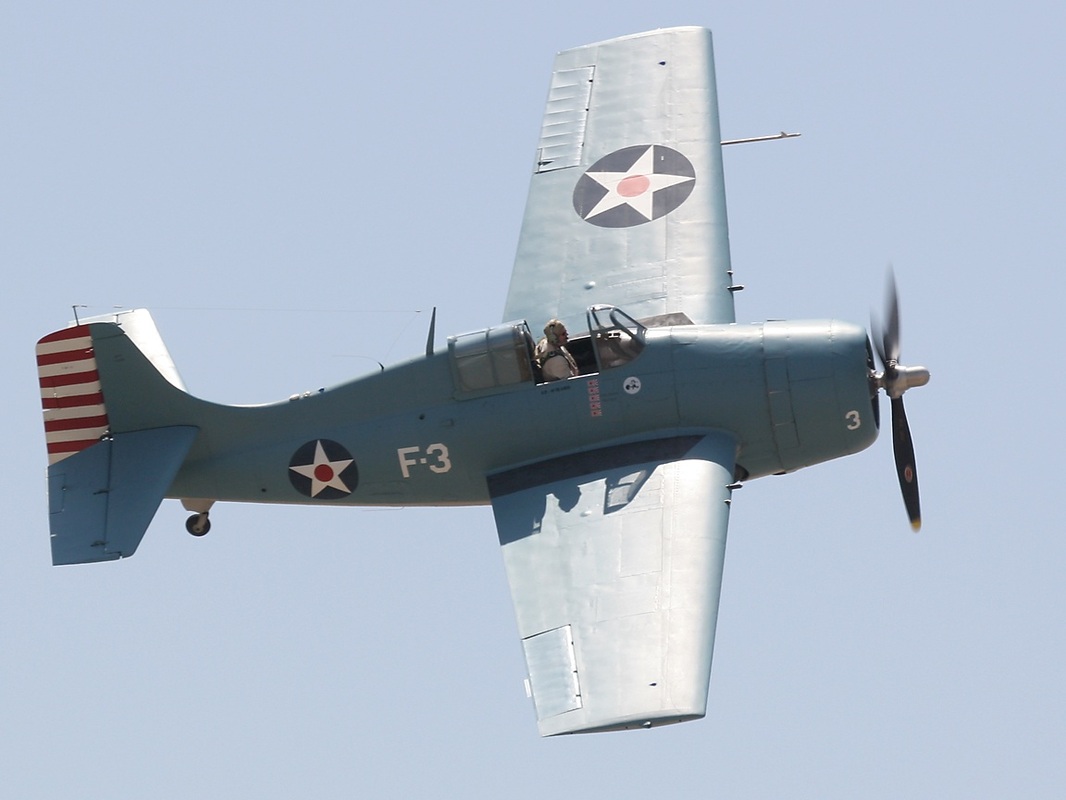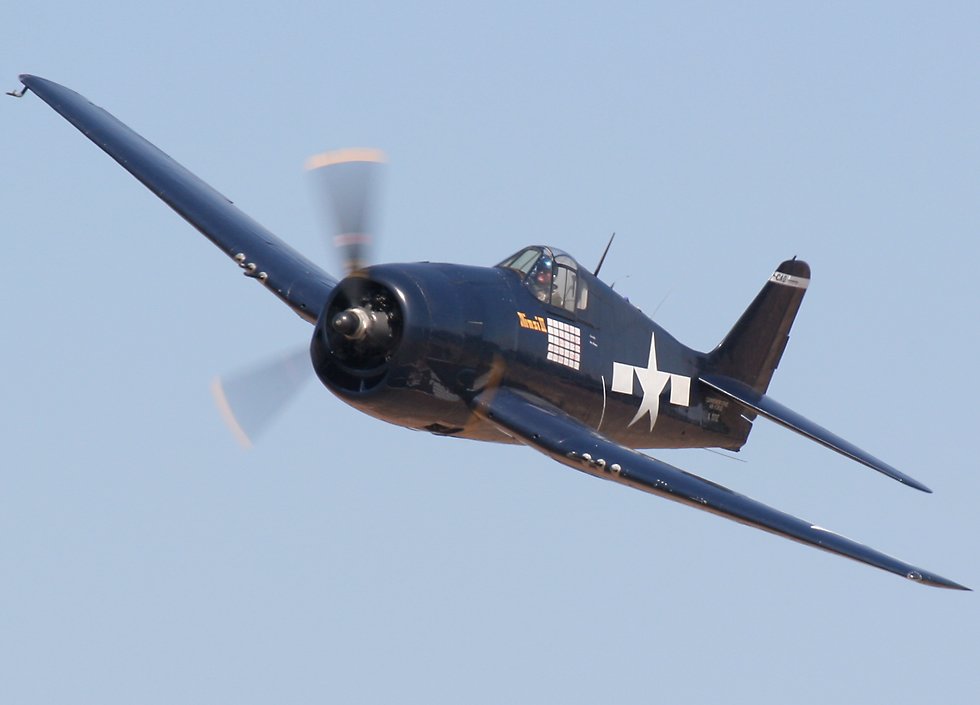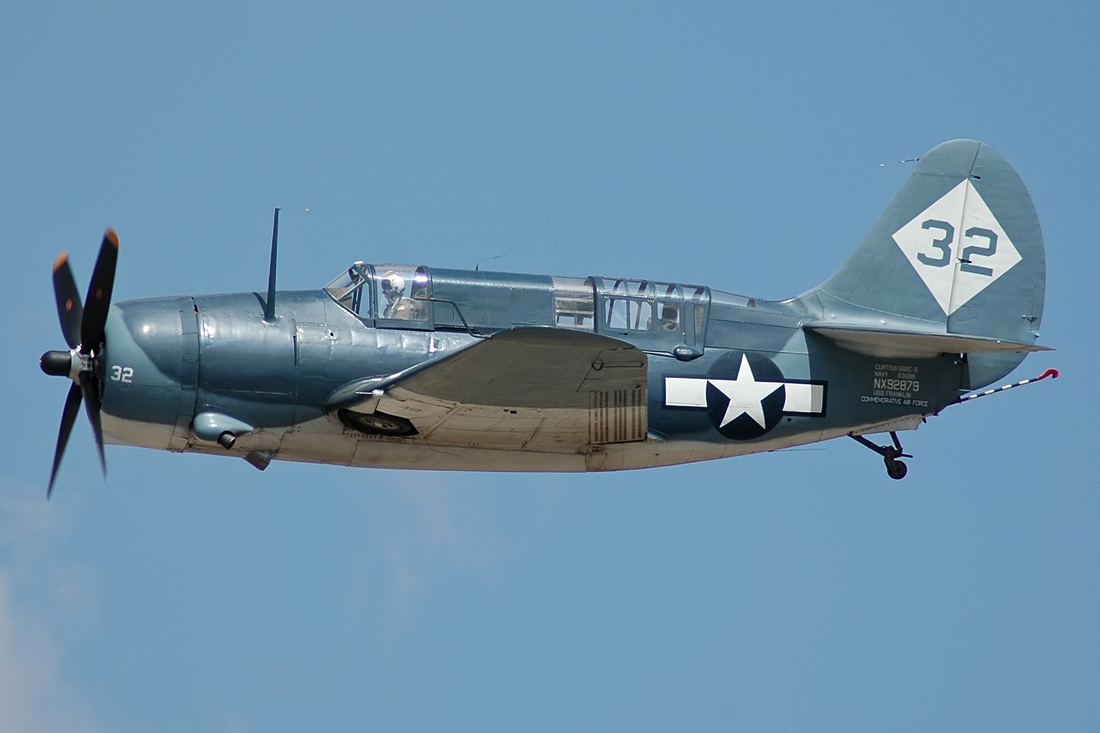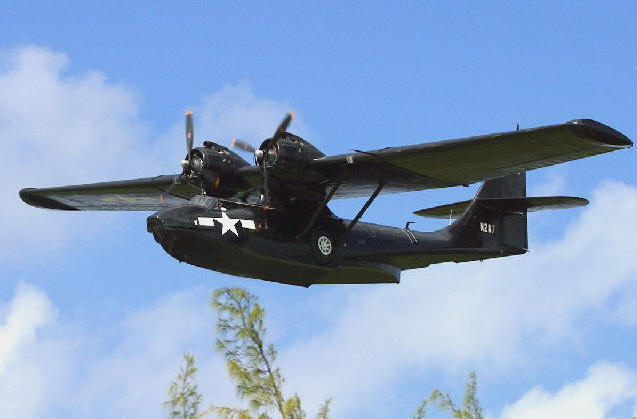THE LOST PLANES OF THE SALTON SEA
The Salton's Sea most notorious features is its status as a graveyard
for sunken World War II Navy planes and young men who died while
preparing for war: At least 24 Navy planes crashed into the sea and 18
of 23 crewmen died.
EXCLUSIVE:
AEROQUEST has partnered with CROSS MAINE PROJECTS and the U.S. NAVY to document the underwater locations of the individual aircraft wrecks. This is the first time anyone has ever decided to find THE LOST PLANES of the SALTON SEA, which occurred at Naval Auxillary Air Station Salton Sea between 1942-1947.
EXCLUSIVE:
AEROQUEST has partnered with CROSS MAINE PROJECTS and the U.S. NAVY to document the underwater locations of the individual aircraft wrecks. This is the first time anyone has ever decided to find THE LOST PLANES of the SALTON SEA, which occurred at Naval Auxillary Air Station Salton Sea between 1942-1947.
TBM AVENGER - 1O LOST
The Grumman TBF Avenger (designated TBM for aircraft manufactured by General Motors) was a torpedo bomber developed initially for the United States Navy and Marine Corps, and eventually used by several air or naval arms around the world.
The Avenger entered U.S. service in 1942, and first saw action during the Battle of Midway. Despite losing five of the six Avengers on its combat debut, it survived in service to become one of the outstanding torpedo bombers of World War II. Greatly modified after the war, it remained in use until the 1960s.[1] |
DATE:
|
BuNo:
|
MODEL:
|
PILOT:
|
STATUS:
|
|
01/11/1943
08/29/1943 11/27/1943 12/13/1943 12/13/1943 02/23/1944 10/28/1944 12/20/1944 01/30/1945 02/07/1945 12/30/1947 |
25152
47619 25209 25019 25026 24993 23901 68133 24728 24135 53477 |
TBM-1C
TBF-1 TBM-1C TBM-1 TBM-1 TBM-1 TBF-1 TBM-3 TBM-1 TBF-1 TBM-3E |
Donald A. Adair
Robert L McKee Ralph W. Stockemer Caryll E. Clyne Albert M. Syllers Paul L. Benthin William D Heekin William V Colbert Arthur J Godske Charles Norgren Richard F. Culver |
Fatal
Fatal Fatal No Fatal Fatal No Fatal Fatal Fatal No |
F4U CORSAIR - 2 LOST
The Chance Vought F4U Corsair was a carrier-capable fighter aircraft that saw service primarily in World War II and the Korean War. Demand for the aircraft soon overwhelmed Vought's manufacturing capability, resulting in production by Goodyear and Brewster: Goodyear-built Corsairs were designated FG and Brewster-built aircraft F3A. 12,571 F4U Corsairs were manufactured by Vought,[1] in 16 separate models, in the longest production run of any piston-engined fighter in U.S. history (1942–1953).[2][3][4] It quickly became the most capable carrier-based fighter-bomber of World War II. Some Japanese pilots regarded it as the most formidable American fighter of World War II,[5] and the U.S. Navy counted an 11:1 kill ratio with the F4U Corsair.[6]
|
DATE:
|
BuNo:
|
MODEL:
|
PILOT:
|
STATUS:
|
|
08/03/1944
08/29/1945 |
18668
17991 |
F4U-1
F4U-1A |
Donald Leroy Pinz
Charles Wesley Shell |
Fatal
No |
WILDCAT - 4 LOST
The Grumman F4F Wildcat was an American carrier-based fighter aircraft that began service with both the United States Navy and the British Royal Navy (as the Martlet) in 1940. First used in combat by the British in Europe, the Wildcat was the only effective fighter available to the United States Navy and Marine Corps in the Pacific Theater during the early part of World War II in 1941 and 1942. With a top speed of 318 mph (512 km/h), the Wildcat was outperformed by the faster 331 mph (533 km/h), more maneuverable, and longer ranged Mitsubishi A6M Zero. But the F4F's ruggedness, coupled with tactics such as the Thach Weave, resulted in an air combat kill-to-loss ratio of 5.9:1 in 1942 and 6.9:1 for the entire war.[2]
The Wildcat continued to be built throughout the remainder of the war to serve on escort carriers, where larger and heavier fighters could not be used. |
DATE:
|
BuNo:
|
MODEL:
|
PILOT:
|
STATUS:
|
|
10/08/1943
10/15/1943 10/15/1943 01/22/1944 |
15377
5276 15173 15568 |
FM-1
F4F-4 FM-1 FM-1 |
Wilbur A Turner
Grant P Tulley Robert M. Livingston James D McGee |
Fatal
Fatal Fatal Fatal |
HELLCAT - 3 LOST
The Grumman F6F Hellcat was a carrier-based fighter aircraft conceived to replace the earlier F4F Wildcat in United States Navy (USN) service. Although the F6F resembled the Wildcat, it was a completely new design,[4] powered by a 2,000 hp Pratt & Whitney R-2800. The F6F was best known for its role as a rugged, well designed carrier fighter which was able, after its combat debut in early 1943, to counter the Mitsubishi A6M and help secure air superiority over the Pacific Theater. Such was the quality of the basic simple, straightforward design, that the Hellcat was the least modified fighter of the war, with a total of 12,200 being built in just over two years.[6] Hellcats were credited with destroying 5,223 aircraft while in service with the U.S. Navy, U.S. Marine Corps and the Royal Navy's Fleet Air Arm[7][N 2] This was more than any other Allied naval aircraft
|
DATE:
|
BuNo:
|
MODEL:
|
PILOT:
|
STATUS:
|
|
06/20/1944
11/30/1944 04/14/1945 |
40860
70552 70629 |
F6F-3
F6F-5 F6F-5 |
Donald A. Innis
D L Hellfrink Irving Kahn |
Fatal
Fatal Fatal |
HELLDIVER - 3 LOST
The Curtiss SB2C Helldiver was a carrier-based dive bomber aircraft produced for the United States Navy during World War II. It replaced the Douglas SBD Dauntless in US Navy service. Despite its size, the SB2C was much faster than the SBD it replaced. Crew nicknames for the aircraft included the Big-Tailed Beast (or just the derogatory Beast),[1] Two-Cee and Son-of-a-Bitch 2nd Class (after its designation and partly because of its reputation for having difficult handling characteristics).[2] However, it was reported that some pilots soon changed their minds favorably about the potency of the Helldiver,[4] and in spite of its problems, the aircraft was flown through the last two years of the Pacific War with a fine combat record, due to the high training of its crews.[3]
|
DATE:
|
BuNo:
|
MODEL:
|
PILOT:
|
STATUS:
|
|
05/15/1942
10/04/1944 01/09/1945 |
4222
75319 19727 |
SBC-4
S2B2C-1A SB2C-4 |
Calvin R Duke
James Veeneman Allen T Wyres |
No
Fatal Fatal |
PBY CATALINA - 3 LOST
The Consolidated PBY Catalina was an American flying boat, and later an amphibious aircraft of the 1930s and 1940s produced by Consolidated Aircraft. It was one of the most widely used multi-role aircraft of World War II. Catalinas served with every branch of the United States Armed Forces and in the air forces and navies of many other nations. During World War II, PBYs were used in anti-submarine warfare, patrol bombing, convoy escorts, search and rescue missions (especially air-sea rescue), and cargo transport. The PBY was the most numerous aircraft of its kind and the last active military PBYs were not retired from service until the 1980s. Even today, nearly 80 years after its first flight, the aircraft continues to fly as a waterbomber (or airtanker) in aerial firefighting operations all over the world.
|
DATE:
|
BuNo:
|
MODEL:
|
PILOT:
|
STATUS:
|
|
02/13/1942
06/11/1942 12/27/1942 |
2313
2316 7058 |
PBY-5
PBY-5 PB2Y |
Rolf H. Hagen
Robert M. Harper William O. Carlson |
No
No Fatal |

